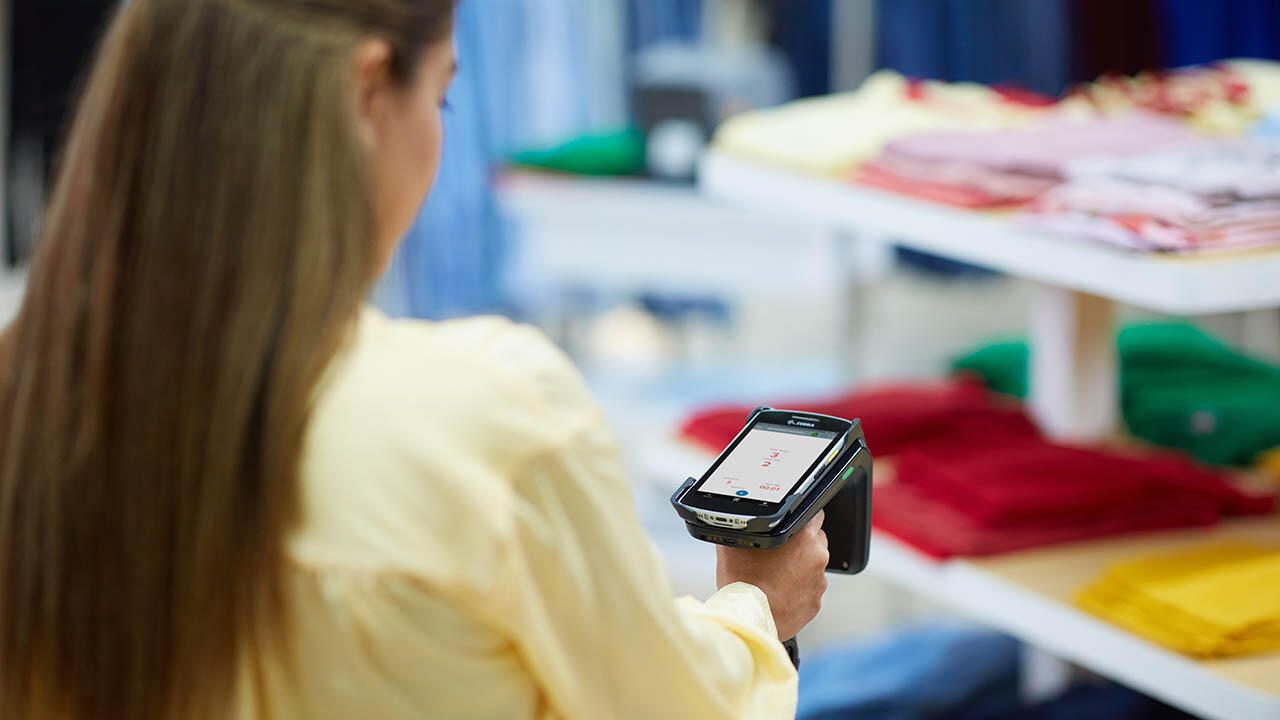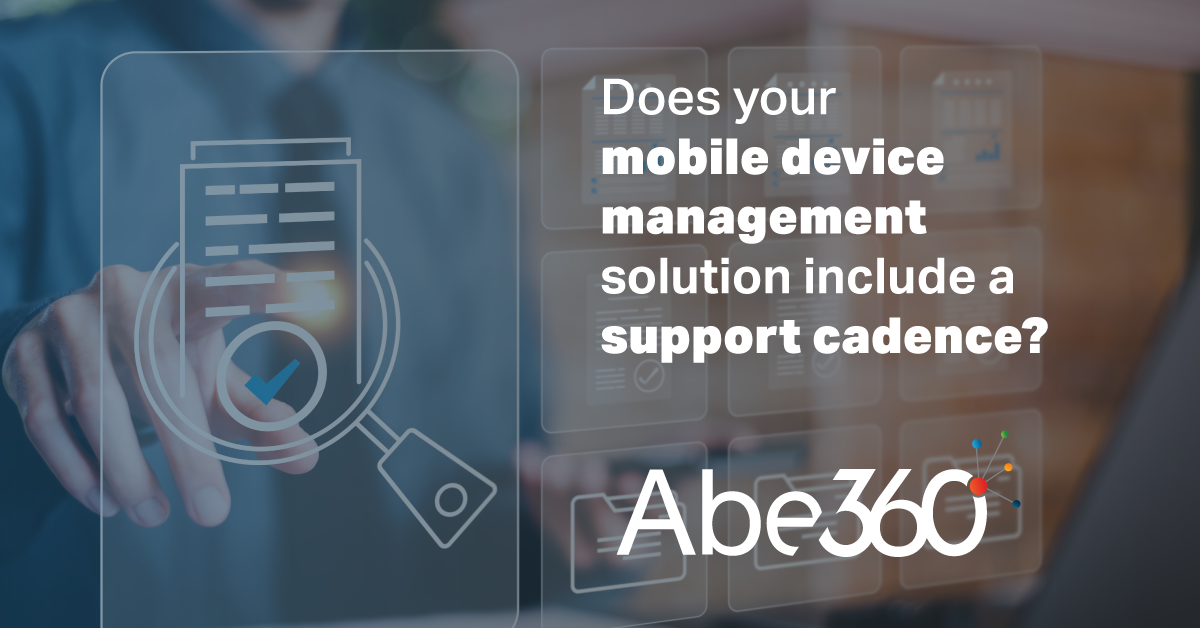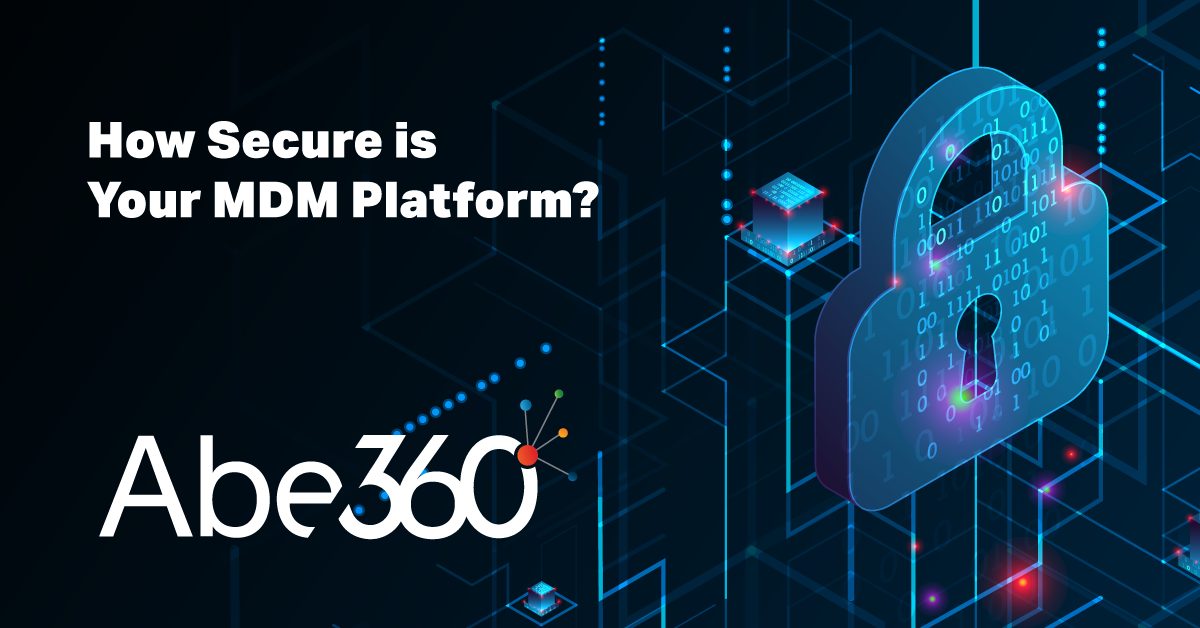If you’re affected by the new Walmart Supplier RFID requirement, or a supplier for one of the many other retailers with source tagging requirements, these are the things to know – and do – right now.
The last thing you want is for your inventory to be rejected by a retailer because you don’t have the proper RFID tags on each item – or any RFID tags at all. Especially if that retailer is Walmart, Nordstrom, or one of the many other big brands that have announced new RFID source tagging requirements for suppliers. That’s why the first thing you need to do after you’re done reading this post is contact our team at AbeTech.
Why the rush?
If your goods are sold in Walmart stores across the U.S. or Puerto Rico, or on Walmart.com in the region,
-
then you should have already submitted your RFID tags and inlays to be tested and certified by the Auburn University RFID Lab. The deadline for that was June 3, 2022.
-
and you now have less than two months to get all your Walmart-allocated inventory tagged.
Beginning on September 2, 2022, several hardline and softline products entering stores must have RFID tags and be 100% readable or you will be deemed noncompliant. These include, but may not be limited to, items in the home goods, electronics, toys, sporting goods, and automotive categories.
But don’t panic. There are a few different ways you can become compliant on time, no matter the state of your inventory. Plus, if you clicked on this post because another retailer is asking you to add RFID tags to your merchandise, that means that you may have a little more time to figure everything out. Either way, AbeTech can help you get the technology and processes in place you need to be compliant by the deadline you’re working against.
(However, please contact us today so we can help you get compliant before the September 2 deadline. We don’t want you to have to deal with the consequences.)
How to Become Compliant Now with Retailers’ Requirements
Unless all the inventory you produce or distribute is already tagged at the source today (i.e., the point of manufacture), you’re going to need to make a few key purchases and make some process changes to get RFID tags on goods. Technically, there are a few different ways to approach RFID tagging.
If you’re a manufacturer, you can…
- Tag at the source. This is the gold standard and where tagging will most likely take place long term. However, we know a lot of Walmart-directed inventory slated to hit shelves in September is probably already moving through the supply chain. So, another option is to…
- Work with a 3PL or distributor to tag downstream. This might be your only option right now if inventory is already in transit or on a warehouse or distribution center (DC) shelf.
If you’re a 3PL or distributor, you may already be fielding requests to tag goods, in which case you can either tag as part of the inbound or outbound processes.
No matter when or where items are tagged, there are a couple of different ways of managing the process:
- Printing the RFID labels on the spot, either in batches or individually. This will require a little bit more work upfront, as you’ll need to buy the right RFID printers, labels and inlays. You’ll also need to train workers on how to print the RFID tags and make adjustments if a single printer will be used to print and encode different types of tags. Just don’t forget to test everything to validate it works properly. You’ll need to have handheld or fixed RFID readers available for your facilities to complete this process. If you’re trying to comply with the Walmart Supplier RFID requirements, you should have already had your tagging solution configured and the inlays tested and certified by Auburn by June 3, 2022. I’m sure other retailers will have their own testing and validation requirements as it gets closer to their compliance deadlines.
- If you missed the June 3, 2022 deadline then AbeTech will help you source preprinted, pre-encoded tags from a third party such as Zebra that meet the retailer’s specifications. For many of you, this may be the best solution, at least near term (if trying to comply with the Walmart requirement). Tagging becomes a matter of placing an RFID label in the right location on the package or hang tag per the retailer’s guidelines. Having the tags provided to you, along with details about proper placement, is especially helpful if you’re asking a 3PL to tag inventory in their warehouses. **Contact AbeTech to learn more about the RFID Printing and Encoding Service that Zebra provides.
Whatever you decide, know that you can lean on retail RFID experts such as AbeTech, a Zebra Premier Solution and Industrial Automation Partner, to help you figure out a solution that’s viable from timing, cost and overall resource perspective. We can help you determine which labels, inlays and printers you need based on the pre-qualified tag specifications provided by each respective retailer. For example, Walmart is requiring tags to meet both GS1 and Auburn RFID Lab ARC standards and calls out the inlay ARC spec requirements in its Playbook, which is a valuable tool for any Walmart supplier. Other retailers may have different requirements. And the type of tag (and printer) you need will depend on the type of merchandise you’re tagging. You will not be able to put the same type of tag on sporting goods as you do on electronics as the labeling and inlay performance requirements will be different. Zebra, and our specialized partners, can help you navigate through these differences.
Of course, reaching out ASAP to an AbeTech RFID solution expert is key to ensuring you have everything you need to get the tags on merchandise in time. Even if you’re speaking with someone from GS1 or Auburn, you’ll still need to contact us to get the wheels in motion.
One thing to remember: it may be smart to have both a short-term and long-term compliance strategy. If you decide to just buy the preprinted tags now to meet the deadline, but longer term it makes more sense to print the tags yourself, let’s talk about what you need to do and when to ensure compliance efforts don’t become disruptive or a cost burden. (This will include the solution components I mentioned above, including RFID printers and readers along with the right labels and inlays.)




